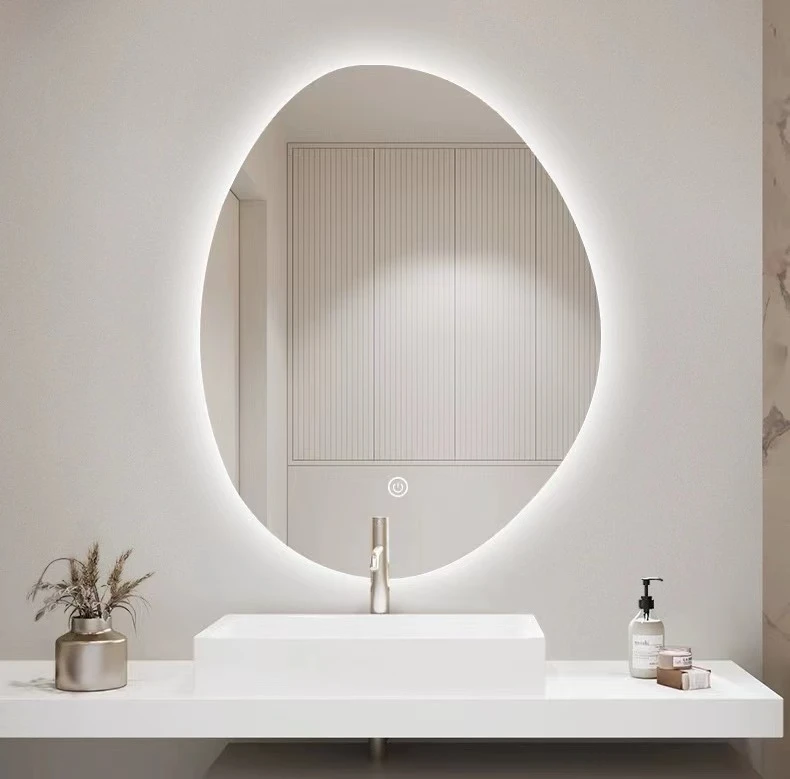

The Diverse World of Decorative Glass Types
Decorative glass has long been used in architecture, art, and design, transforming ordinary spaces into visual marvels. The beauty of decorative glass lies not only in its aesthetic appeal but also in its ability to play with light, color, and texture. In this article, we will explore various types of decorative glass, their unique characteristics, and their applications in both contemporary and traditional settings.
1. Stained Glass
One of the most iconic forms of decorative glass, stained glass has been used for centuries, particularly in churches and cathedrals. It involves the use of colored glass pieces joined together by lead came or copper foil. The intricate designs often tell a story or depict religious imagery. While traditional techniques dominate, modern stained glass can depict a vast array of themes and styles, making it suitable for residences and public buildings.
2. Etched Glass
Etched glass involves the work of acid or abrasive materials to create patterns or images on the surface of the glass. This technique can vary from light frosting to deep engraving, allowing for a range of visual effects. Etched glass is frequently used in doors, windows, and decorative panels, providing privacy while still allowing light to pass through. Its versatility makes it popular in both residential and commercial designs.
3. Fused Glass
Fused glass is created by melting together pieces of glass at high temperatures. This technique allows for a multitude of colors and textures, resulting in vibrant pieces that can be used as art, jewelry, or decorative tiles. Fused glass is particularly favored in modern design and can be incorporated into various applications, from functional art pieces to striking wall installations.
4. Frosted Glass

Frosted glass is created by sandblasting or acid etching the surface of clear glass, resulting in a translucent finish that diffuses light. This type of glass is ideal for applications requiring privacy without sacrificing brightness. Commonly used in bathroom windows, room dividers, and office partitions, frosted glass combines functionality with elegance, making it a staple in contemporary interior design.
5. Murano Glass
Originating from the Venetian island of Murano, Murano glass is famous for its vibrant colors and intricate designs. Artisans have honed their craft for centuries, producing unique pieces that range from traditional to avant-garde. Each item, whether it be chandeliers, vases, or sculptures, showcases the craftsmanship of skilled glassmakers. Murano glass not only serves as decorative art but also as a collectible item, cherished by enthusiasts around the world.
6. Colored Glass
Colored glass has been used in a variety of ways, from simplistic designs to complex art pieces. Its availability in numerous hues allows designers a broad palette to work with. Colored glass can be used in mosaics, tabletops, or as accent features within larger compositions. As a result, it often enhances the overall ambiance of a space, creating focal points that draw the eye.
7. Patterned Glass
Patterned glass features various designs embossed or printed onto its surface. These patterns can suit diverse styles, from geometric shapes to floral motifs. Patterned glass is commonly utilized in windows and cabinet doors, adding visual interest while maintaining functionality. It allows homeowners and designers to express their style while enjoying the advantages of privacy and light transmission.
Conclusion
The world of decorative glass is as diverse as it is beautiful. Each type of decorative glass serves a unique purpose while enriching the designs it embellishes. Whether it be the intricate storytelling of stained glass, the modern elegance of frosted glass, or the vibrant creativity found in Murano glass, these materials inspire and elevate spaces. As technology and techniques continue to evolve, the possibilities for decorative glass are endless, ensuring its place as a beloved choice for both artists and architects alike. Whether enhancing a public space or a private home, decorative glass continues to captivate with its luminous beauty and artistic potential.